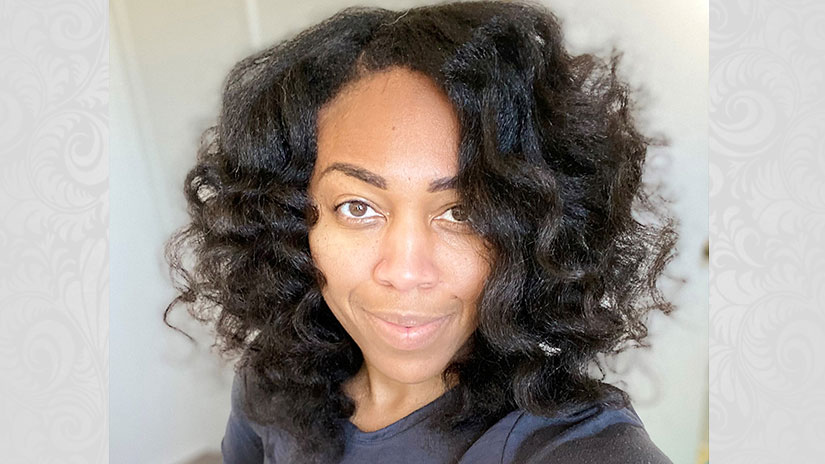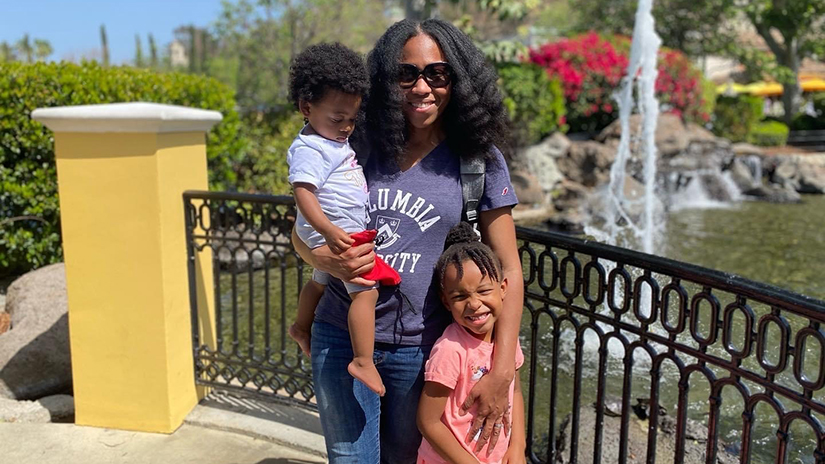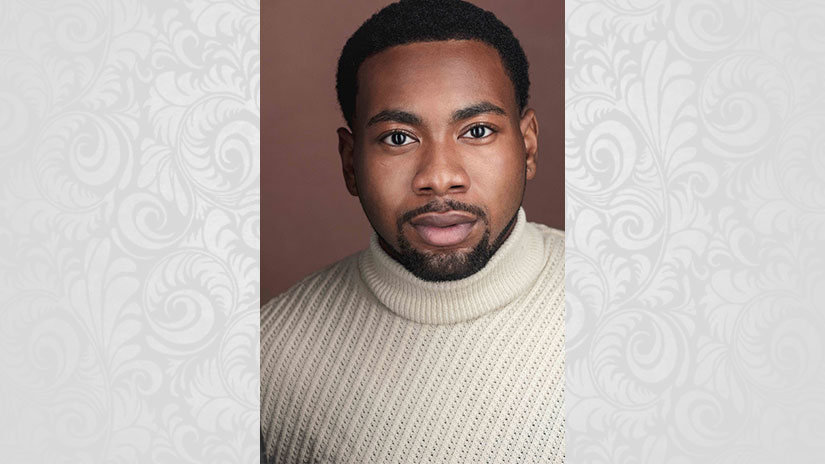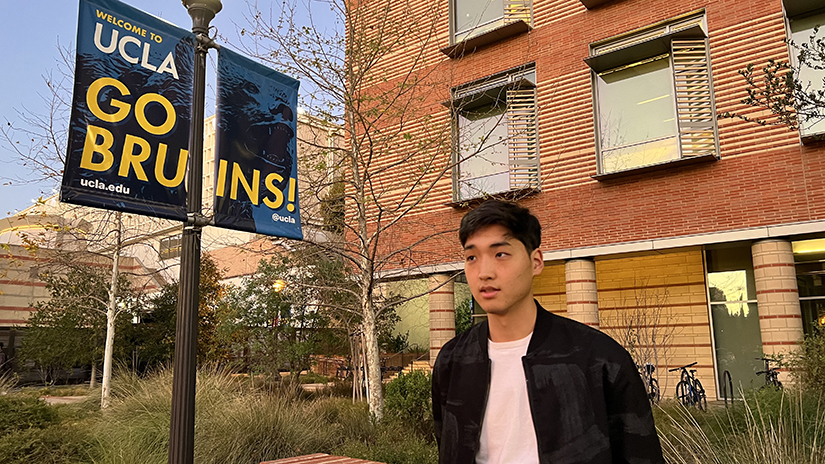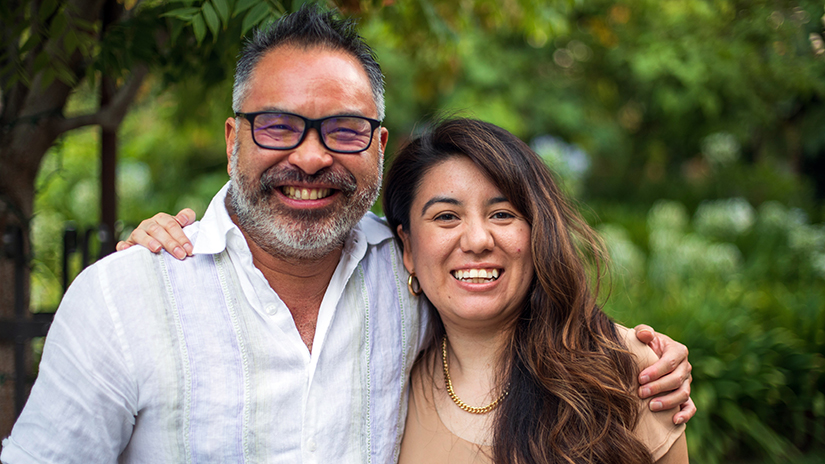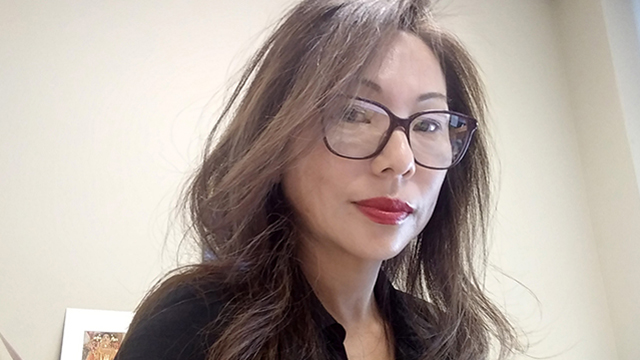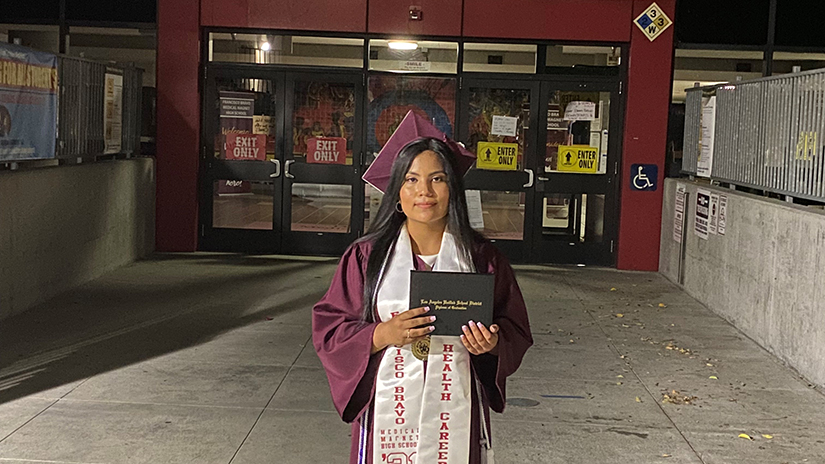
When California Gov. Gavin Newsom signed Senate Bill 98 into law, one of the voices he was heeding was that of Santa Monica College Journalism Professor Ashanti Blaize-Hopkins. About a month earlier, The Sacramento Bee had published an article by Ashanti urging passage of the bill, which protects reporters
from police harassment while they cover public protests and other demonstrations.
“Journalists are the eyes and ears of the public and must have the freedom to cover
civil disturbances without interference,” Ashanti wrote in the piece. “Erosion of
press rights results in an uninformed or ill-informed public.”
That dedication to honestly informing the public has guided Ashanti’s career as a
broadcast reporter as well as how she teaches courses spanning journalism and multimedia
storytelling. Her commitment to excellence has also won her an Emmy Award for news coverage, in addition to nominations for news anchoring and writing. More
recently, the Greater Los Angeles chapter of the Society of Professional Journalists acknowledged Ashanti’s leadership in the profession by naming her its president.
So it should come as no shock that many SMC journalism alumni say they follow the
maxim “What would Ashanti do?” as they build success in print, radio, TV and online
media. But Ashanti nearly took a different path.
Major Decisions
As a Columbia University undergraduate, “I went through six majors before I decided on sociology,” Ashanti
admits. Meanwhile, she was considering careers ranging from law to psychology — fields,
like journalism, in which communication is key.
Even so, Ashanti says that she only signed up for the public-speaking class that ultimately
launched her journalism career because she needed another course. She impressed her
professor so much that he recommended she enter Columbia’s annual oratory competition.
“I won in the category of informational speech, which came with a prize of $2,000,”
she recalls.
More than the money, though, Ashanti says, “I liked the idea of telling stories while
also giving a platform to people who deserved to have their voices heard.”
ABCs of Interning
Ashanti was still figuring out her career options when she landed an internship at
ABC News the summer before her senior year at Columbia. “I wanted to see if I could combine
my public-speaking skills with my love for sociology,” she recalls. She found the
internship through the Women’s Media Group, which supports and mentors young women who want to pursue careers in broadcasting,
publishing, film, digital and other communications. It also covered her salary for
the otherwise unpaid internship.
The position paid off in numerous other ways — from the experience Ashanti built to
the possibilities it opened. “My desk was right across from David Westin, who was then the president of ABC News, and I directly reported to the vice president
of public relations,” Ashanti says. “George Stephanopoulos would walk through, and so would Peter Jennings.”
Ashanti also got to work briefly for Good Morning America, where she met such network stars as Diane Sawyer, Charlie Gibson and Robin Roberts, who still anchors the show. “It was this amazing opportunity to be exposed to broadcast
journalism at the highest level,” she says. “That’s when I decided I wanted to pursue
a graduate degree in journalism.”
Coming Into Focus
After earning her master of arts in journalism at the University of Miami, Ashanti drove nearly 2,000 miles to El Paso, Texas, for her first on-air job as morning reporter for the local Fox TV station. “I interviewed over the phone and took the job sight unseen,” she says.
“Soon I was doing 12 to 14 live shots every morning, so I got really good at being
on camera and at ad libbing.”
But while Ashanti loved the experience she was gaining, she was less enamored of El
Paso. She turned down a promotion for a reporting position at the CBS affiliate in Las Vegas. The job was similar, but the hours were better. “I didn’t have to come in until
3 o’clock in the morning and was usually done by 9:30 a.m.”, she says. “After the
11-hour shifts in El Paso, the schedule seemed like a break.”
She soon was promoted to reporting during the day, then anchoring the weekend morning
show and reporting for the evening news. Here she also earned an Emmy for sharing
the story of a teenage girl who traveled to Beirut to visit her father — and became
trapped there due to the war but finally made it home safely.
Completing the network alphabet, Ashanti then became a news anchor and reporter for
the NBC station in Dallas. Over the course of her TV news career, Ashanti did everything from interviewing
Hillary Clinton to covering the Superbowl and World Series. “I had a ton of amazing opportunities,” she says.
While Ashanti was at the Dallas station, she also worked with a lot of interns. One
standout was a student at Richland College, a local community college. Near the end of her internship, the student thanked Ashanti
for all that she learned from her and suggested Ashanti consider teaching at the college
— and even got the chair of the journalism program to offer Ashanti a position.
Although Ashanti was too busy as a working journalist to commit to it, the seed was
planted. Before long, she left the news business to co-found a public relations and
video production company, and also began teaching at Richland.
Not Black and White
Ashanti continued running the production company after moving to Los Angeles with
her husband. “I left teaching when I moved to L.A. but, after running my business
for a couple of years, I got the itch,” she says. “I just knew I wanted to be back
in the classroom. I enjoy seeing that moment when the lightbulb turns on and the students
get it. To me, that’s the most rewarding part about being an educator.”
She soon joined Loyola Marymount University as assistant director of student media and adjunct professor, serving as adviser
for the student-run television station, yearbook and newspaper. But she still wanted
to be in the classroom, so she found time to teach courses at the USC Annenberg School for Communication and Journalism and UCLA Extension before joining SMC as a full-time faculty member in 2016.
“The more time I spent teaching, the more I realized this is where I wanted to be,”
says Ashanti, who also serves as faculty adviser to The Corsair, the college’s prize-winning student newspaper, alongside photo adviser Gerard Burkhart and social media adviser Sharyn Obsatz.
Her tenure at SMC has coincided with a renewed national interest in journalism. But
recent years have also seen controversies about the field’s accuracy and practices
in the wake of the Trump presidency, the COVID-19 pandemic, the George Floyd killing
and Russia’s invasion of Ukraine.
“Every story is layered. Nothing is black and white,” Ashanti says, and she and her
fellow faculty members prepare students to follow stories wherever they lead to uncover
the truth. While that can mean uncomfortable situations, she adds, “we need to have
those conversations to become better journalists. So I always push students to be
open and transparent with each other.
Best of the Best
The benefits of the drive and openness that Ashanti instills have been shown in the
numerous honors won by The Corsair’s staff. These include being named among “the best of the best” student newspapers
nationally by the Associated Collegiate Press and awards from the Los Angeles Press Club. However, since the media climate is always changing, Ashanti knows that students
must be ready for journalism’s future and not just its present. So she is developing
a web portal that will feature informative podcasts and videos, along with a social
media component enabling students and alumni to network and support each other.
“I want to create something that gives students access to that kind of ‘hidden curriculum’
that helps them succeed in their career,” Ashanti says. “Once you give them all of
the foundation and the tools, and then you watch them fly with it, that to me is the
reason I keep teaching.”
* * *





